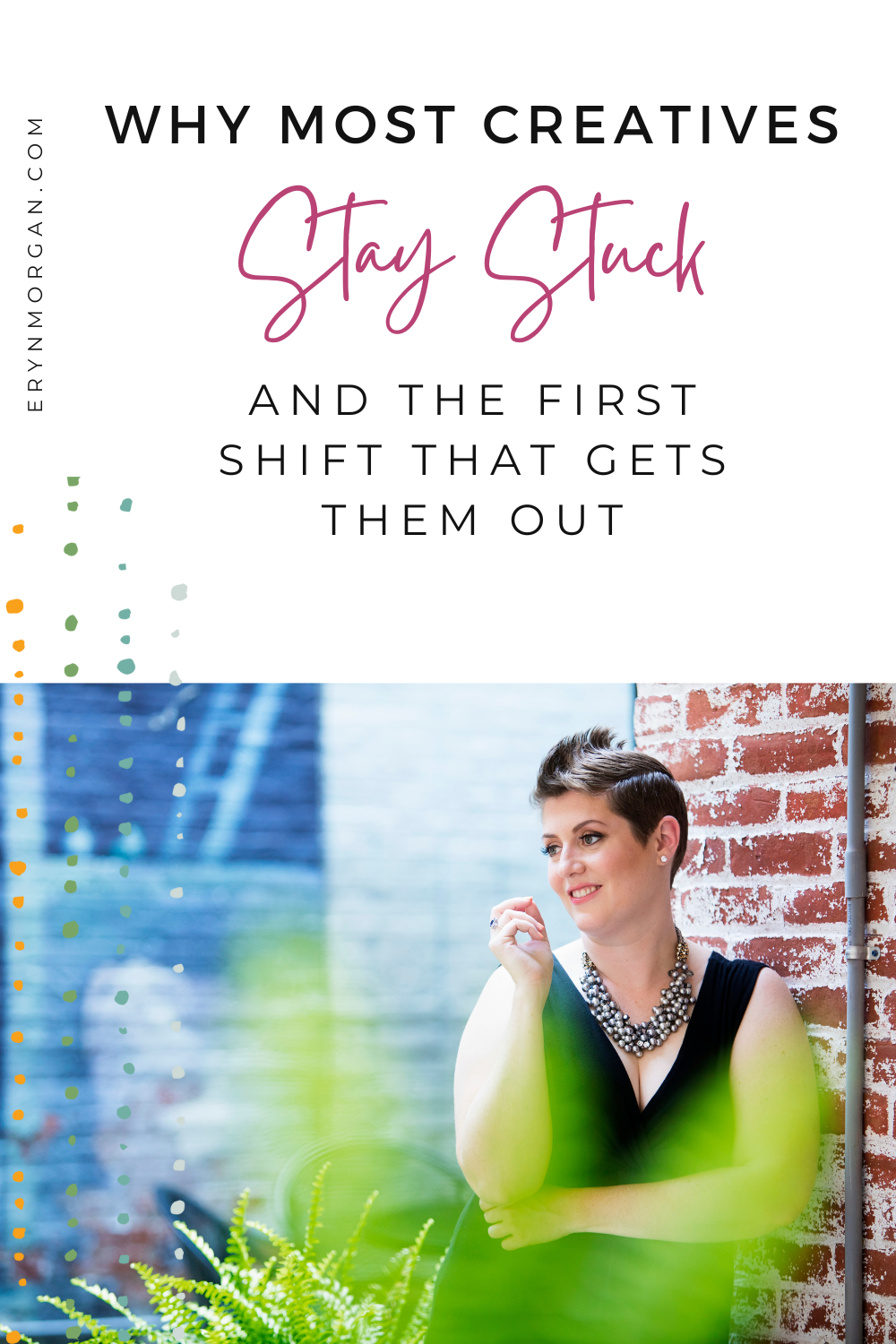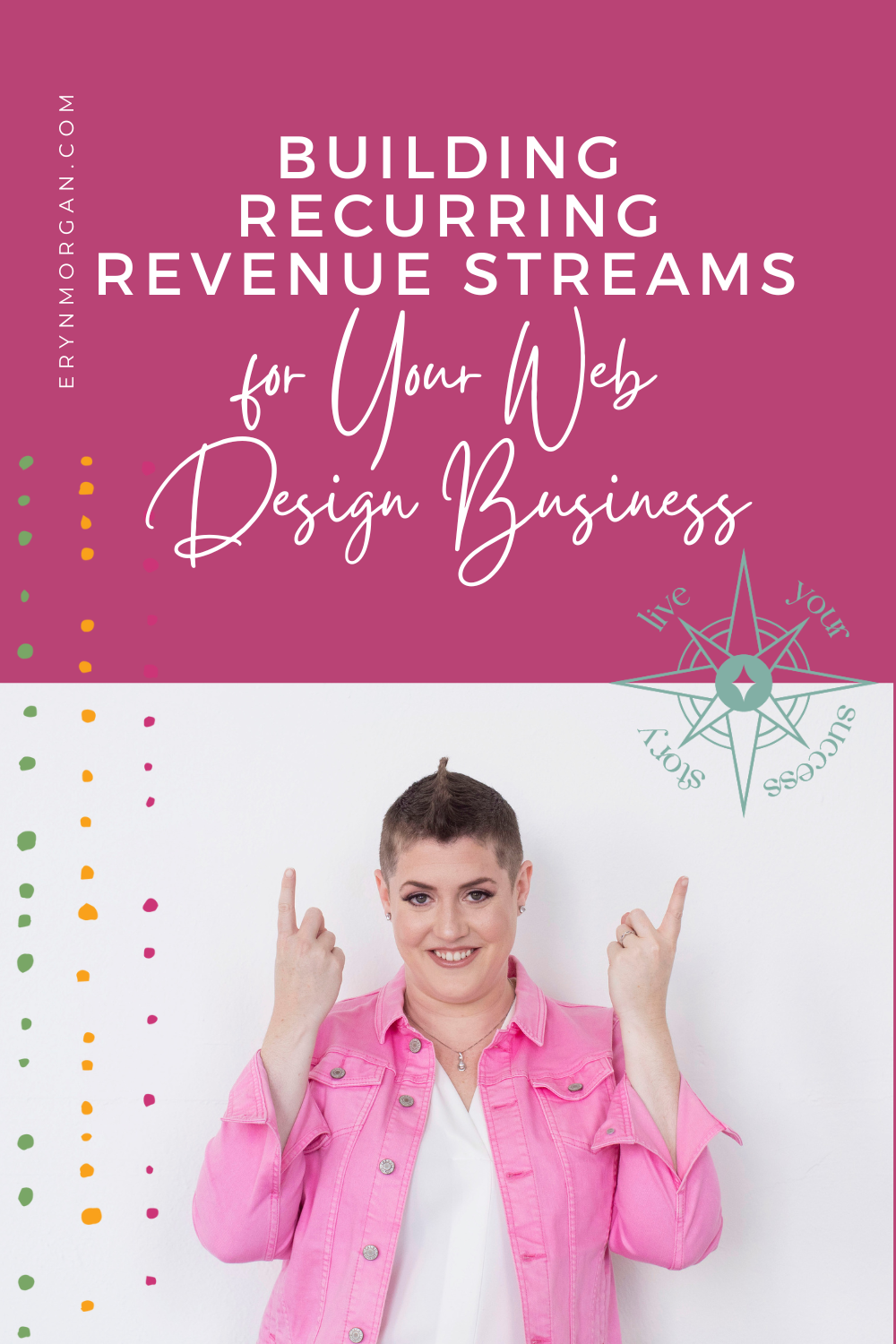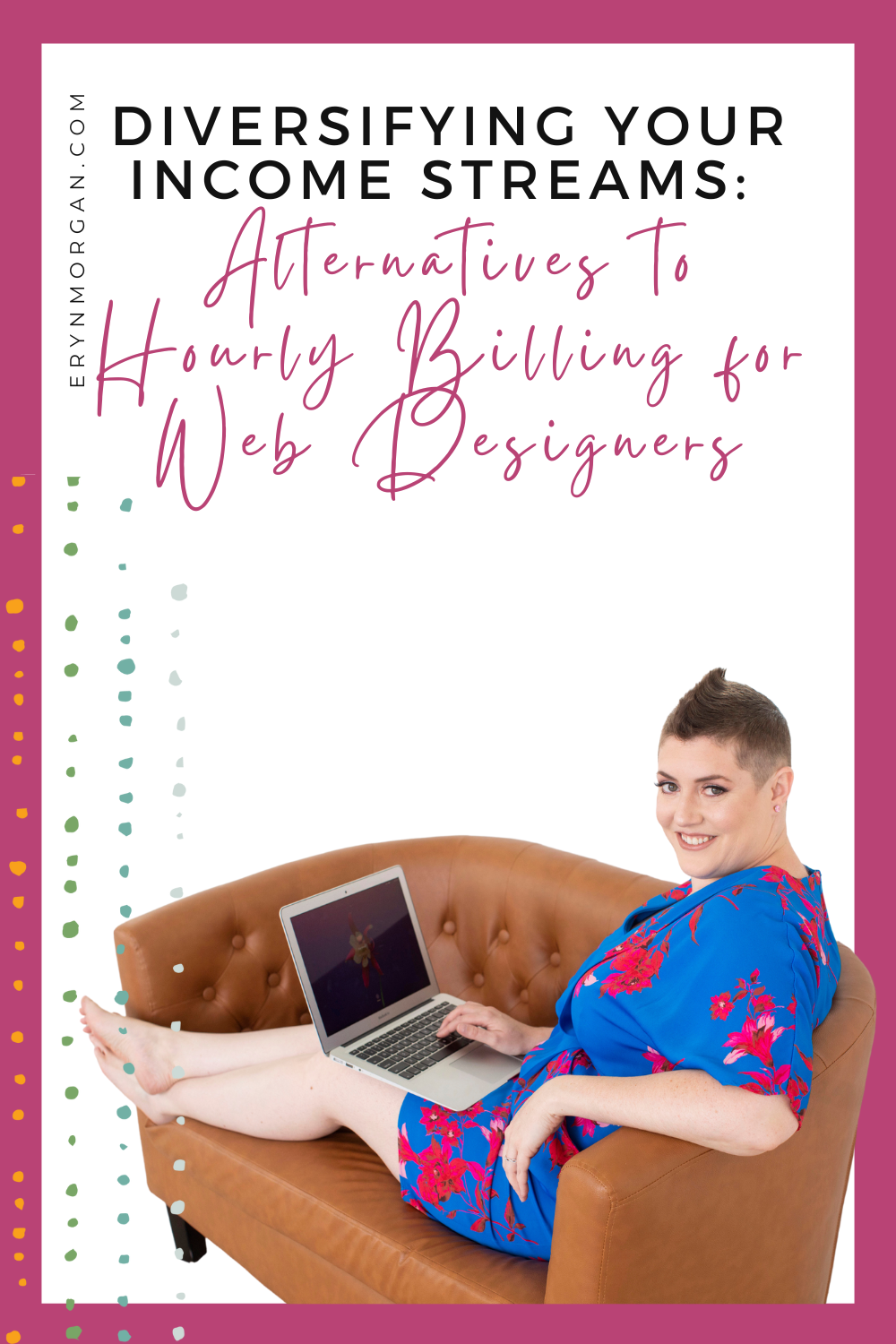You’re great at the design part. You know how to take a client’s vision and bring it to life on the screen.
But pricing? That’s trickier.
Sometimes you quote a number and immediately second-guess it. You wonder if you’re charging too much.
…Or not enough.
…Or whether your potential client will even understand the value of what they’re getting.
That’s where pricing psychology comes in.
When you understand how your clients perceive value—and how their brains respond to different pricing strategies—you stop feeling like you’re guessing. You start communicating your value in a way that connects. You stop discounting out of fear. And you start closing more aligned, higher-value projects.
This post will walk you through practical, ethical applications of pricing psychology for web designers who want to boost their revenue without playing mind games.
What Is Pricing Psychology for Web Designers (And Why Should You Care?)
Pricing psychology for web designers is the practice of using human behavior principles to shape how your design services are perceived, valued, and selected by potential clients.
It’s all about how people perceive price and value—and how small changes in how you present your pricing can have a massive impact on how potential clients respond.
It’s not about manipulation. It’s about clarity, confidence, and conversion.
Understanding how your ideal clients think helps you:
- Create pricing that feels aligned and fair
- Reduce sticker shock
- Position your offers with confidence
- Hear “yes” responses when you make offers much more consistently
And if you’ve ever worried that someone “won’t be able to afford” you or ghosted after seeing your pricing, this is for you.
Key Pricing Psychology Principles That Impact Web Designers
1. Anchoring: Set the Frame
Example of pricing psychology using anchoring:
- Anchoring happens when people base their judgment on the first number they see or hear.
- That first price creates a mental “anchor”—and everything else is judged in relation to it.
How to use it ethically:
Lead with your highest-value package. Even if most people choose a mid-tier option, starting high makes that middle option feel like a smart, budget-friendly choice.
It also tells them what “expensive” is in your business.
The value of a $1 for you and $1 for me is different, even though the currency value is equal. It’s the perspective we each bring to that dollar that gives it value and meaning.
So when you set the selling container with your most expensive package, you align those perceptions with how you operate in your business.
Example of pricing psychology using anchoring:
Example: Share your $9,000 signature package first, then follow with your $6,000 option. That $6k package will feel more affordable than if it stood alone.
It will give your prospects a chance to breathe and relax into the mid-tier offer.
This also makes room for your value-based pricing strategy to shine. If your premium package reflects the true transformation you deliver, you normalize higher investment from the start.
2. Framing: Choose Your Language Intentionally
How you describe your pricing influences how clients feel about it.
Instead of saying, “This website package costs $7,500,” you could say,
“This investment starts at $7,500 and includes six weeks of brand-aligned strategy, design, and launch support.”
“Investment” frames the price as a contribution toward future success—not just a one-time expense.
Words matter. But so does structure.
If you offer a payment plan—which I often recommend to my clients—you can make the investment more palatable by quoting the installment amount instead of the paid-in-full price.
So instead of $7,500 upfront, you present it as 4 payments of $1,875.
No trickery here. Just clarity.
This reframing helps overcome the “I don’t have all the money” objection and reinforces that your payment plans aren’t tied to deliverables or milestones—they’re simply calendar-based.
You can even label it as a Cash Flow Friendly Plan to show you’re supporting their business realities, not just your own.
3. Loss Aversion: Paint the “Future Without”
Loss aversion means people are more motivated to avoid a loss than to gain a benefit.
But for service providers like you, it can be helpful to frame this principle as the “future without” effect.
What happens if your prospect doesn’t move forward with the project?
“How many new leads would you be able to attract if your website actually looked and felt like you?”
“Are you missing out on high-quality inquiries because you keep delaying your redesign?”
“What will it look like if your client roster stays exactly the same this year as it did last year?”
Loss aversion isn’t about fear-mongering. It’s about reflecting back the cost of staying stuck. That moment of clarity can be the turning point.
I’ve had dozens of sales calls in my life where helping someone think through where they’re stuck, or where they are nervous to make a transformational buying decision, has been met with “thank you for helping me think this through.”
4. Scarcity and Urgency: Use With Care
People take action when there’s a reason to act now.
But urgency and scarcity only work when they’re real.
Actually, that’s not true. They work all the time even when it’s not true. We’ve all seen it. You may have even been taken advantage of because of it.
So here’s a more accurate statement: false scarcity and urgency destroy trust.
Use urgency when:
- There are disappearing payment plan options or special bonuses that really expire
- You’re preparing for a price increase, and there’s only a limited time left to lock in the lower price.
Use scarcity when:
- You only take on a limited number of clients per month
- You’re booking out weeks (or months) in advance
Be clear and specific:
“I’m currently booking for August. Once those two spots are filled, my next availability will be late September.”
I had a client once who literally had all her start dates built out in a visual calendar flow. When they got to the part of the sales call where she was discussing start dates, she’d open the calendar, share her screen, and show the prospect just how booked up she was, while finding space to “fit them in.”
These small nudges help clients commit without pressure.
5. The Power of Three-Tier Pricing
Want a simple way to increase conversions and raise your average project size? Offer three distinct pricing tiers.
One price feels like a take-it-or-leave-it offer. Two prices can cause confusion. But three? Three creates clarity and contrast.
How three pricing tiers improve client decision-making:
Structure it like this:
- Premium Offer: ex. full service, high touch, white-glove delivery, very fast, luxurious, all-inclusive
- Core Offer: ex. most popular, best balance of value + transformation, timeline and payments are balanced by speed of delivery
- Small Bite: ex. entry-level, streamlined and simplified scope, solves a tiny problem, least expensive
Your mid-tier offer should be the one you think is the best fit for the prospect—and the one that best matches their vision.
[Internal link: Your blog post on three-tier pricing goes here.]
6. Future Vision: Help Them See What’s Possible
Another powerful piece of pricing psychology? Helping your client see themselves in the future they want.
When you sell your service, you’re not just offering deliverables. You’re offering a transformation.
You’re helping them:
- Step into a more visible, confident version of their business
- Attract clients that light them up, pay their prices without pushback, and respect their (creative) expertise
- Reclaim time, energy, and authority in their niche.
When they believe the transformation can be real for them, that it’s possible, the price feels like a bridge to what they want—not a barrier.
7. Fear is in the Room. Speak to It.
Your clients aren’t just comparing quotes. They’re carrying past experiences, financial fears, and decision fatigue into the conversation.
They might be afraid that:
- The website won’t work or support them in achieving their goals
- The money will be wasted or they won’t get an ROI
- You won’t get their brand so the website won’t feel like them or attract their ideal clients
- They’ll be disappointed again
Part of your pricing presentation should include emotional safety.
Remind them that you see their hesitations—and that you have a clear, thoughtful process to guide them through it.
When you normalize those fears instead of brushing past them, you build real trust.
And trust turns into a yes to working with YOU to reach their goals.
Pricing Psychology for Web Designers Isn’t About Trickery. It’s About Transparency.
You’re not manipulating anyone. You’re helping them make a decision that supports their future.
When you use pricing psychology thoughtfully, your clients feel:
- Less overwhelmed
- More excited to invest
- Clear on what they’re getting
- Confident in the decision they’re making
You’re helping them move toward a better version of their business. That’s not sales pressure. That’s service.
Ready to Raise Your Rates With Confidence?
Pricing psychology is just one of the tools you can use to present your work with clarity and confidence.
Want help applying this to your own packages?
📘 Download the guide – The Web Designer’s Pricing Playbook
🎯 Take the quiz – What’s Your Pricing Personality?
🤝 Book a strategy session – Let’s align your pricing with the transformation you deliver.


